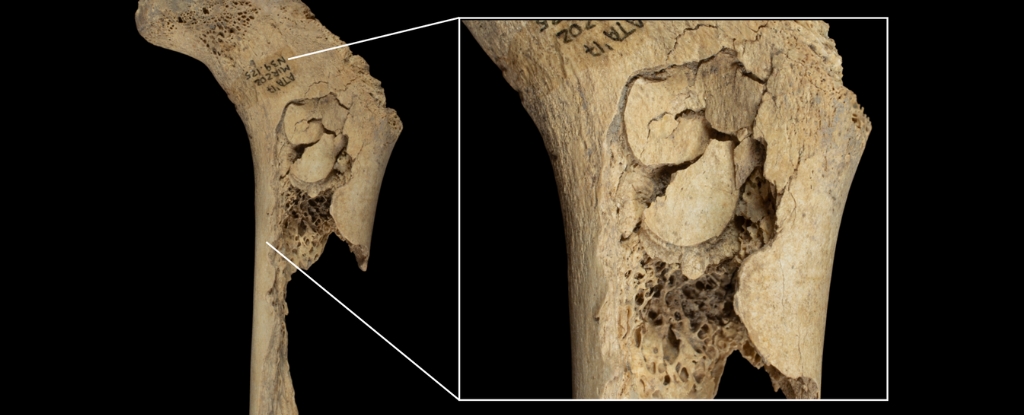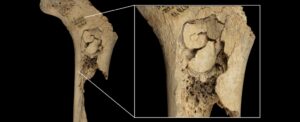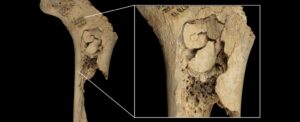
New archaeological findings from the El Mirador cave in the Sierra de Atapuerca region of Spain reveal evidence of a horrifying act of cannibalism that took place during the late Neolithic period. Analysis of human bones, dating between 5,709 and 5,573 years ago, indicates that at least 11 individuals, including children and adolescents, were subjected to extreme violence, including skinning, defleshing, and cooking.
The research team, led by paleoecologist Palmira Saladié of the Catalan Institute of Human Paleoecology and Social Evolution (IPHES), suggests that these acts were not part of a habitual practice but rather a response to a specific and violent episode, potentially linked to inter-clan conflict.
Grim Evidence of Cannibalism
The discovery involved 650 individual fragments of human bones that exhibited signs of processing after death. These included cut marks indicative of actions such as defleshing, skinning, and evisceration. Notably, the bones displayed characteristics associated with cooking, like ‘pot-polishing’ and discoloration typically resulting from cremation.
Some remains also featured signs of being gnawed, with clear tooth marks suggesting that humans had consumed parts of these individuals. The radiocarbon dating pointed to a simultaneous death of all victims, implying that the butchering and consumption occurred during a singular event that possibly spanned several days.
Research findings indicate that the victims were local to the area, as determined by the analysis of strontium isotope ratios in the bones. This information led researchers to conclude that the gruesome incident was neither a funerary tradition nor a desperate measure due to famine.
Contextualizing the Violence
According to Francesc Marginedas, an evolutionary anthropologist associated with IPHES, the evidence strongly suggests a violent episode, likely stemming from conflict between neighboring communities. “Conflict and the development of strategies to manage and prevent it are part of human nature,” said Antonio Rodríguez-Hidalgo, an archeozoologist with IPHES.
The findings contribute to a growing body of evidence that highlights patterns of inter-group violence in the Iberian Peninsula during the Neolithic era, driven by territorial disputes and competition for resources as populations expanded.
Saladié emphasized the significance of these findings, stating, “The recurrence of these practices at different moments in recent prehistory makes El Mirador a key site for understanding prehistoric human cannibalism and its relationship to death.” This research underscores the complexity of human behavior and the cultural interpretations surrounding cannibalism in ancient societies.
Published in Scientific Reports, this study not only sheds light on a grim chapter of human history but also opens up discussions on the social dynamics and conflicts faced by early communities in the region.







